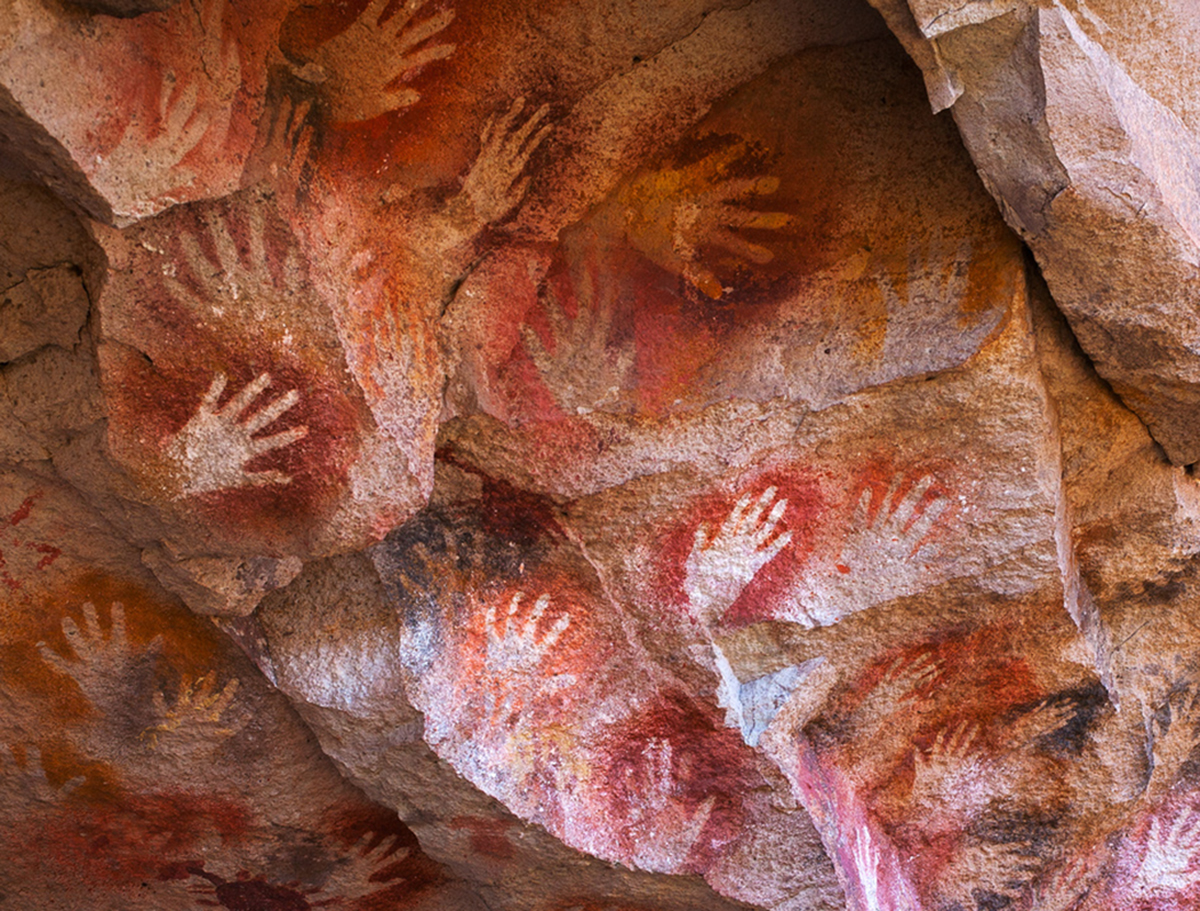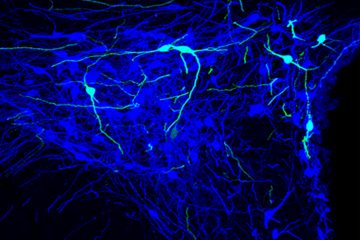
In his famous The Problem of Form in Painting and Sculpture, Hildebrand remarked that works of art provoke particular mental operations not because they are based on direct observation of the real, but because they emerge out of a complex process of recollection of the real image:
“To perceive and to represent an object are two very different processes. Look to an object, and then turn your back to it. What is left in your mind is very different from your first visual impression. Clearly, some parts of the image persist in your mind. Other parts of it disappear. The first act is a perception. The second is a representation. We can draw the conclusion that the representation of an object depends on memory, not on perception”
Consequently, it is visual memory (not perception) that is, properly speaking, the object of an artist’s action. The artist’s work involves, in Hildebrand’s words, a constant “evaluation of appearances”. But this attentiveness to the real does not imply the attempt to imitate nature. Instead, it aims to identify an organizing principle of perception, expressed in the presence of a form. For Hildebrand, form is neither a property of the exterior world nor a subjective aspect of experience proper to artistic activity. Instead, it describes the unconscious perception of space, which constantly orients the gaze. This “feeling” (which today we would more likely term an unconscious reflex) both gives orientation to our movement and marks the presence of our body in space. It follows that any image that implies, for instance, depth and movement aims not to imitate appearances, but to represent space via the labour of looking. Hildebrand concludes that the artist’s work constantly refers to the specific work of mind, which generate the unconscious representations of the body in space. For Hildebrand, the process of discovering this mental substrate is as much a matter of exploring the labour of looking as of provoking an unconscious feeling for space.
In this two-days seminar, we would like to gather a group of scholars working in the fields of Aesthetics, Neuroscience and Social Anthropology. We would like to start from Hildebrand’s remarks to pose basically two groups of questions. The first group of questions might concern Aesthetics and Neuroscience. Is Hildebrand’s view of the relationship between Form, Body and Space, which has been so influential in the XXth Century’s History of Art and Aesthetics, confirmed by recent research in Neuroscience? Conversely, can this kind of research be understood as a New Formalism, a way to proceed further in the path first indicated by Hildebrand?
The second group of questions concerns Social Anthropology and the study of cultural variation. As it is well known, Hildebrand’s remarks are perfectly appropriate to the interpretation of perspective and, more generally, to modern Western Art. Are they useful for the understanding of other iconographical traditions, like, for instance, Australian or Amazonian Iconographies? In this case, how would it be possible to discover other forms of relationships between Form, Body and Space? Would it be imaginable to assume the analysis of these relationships as a basis for cultural comparison?
In a final session, devoted to general discussion, we will try to cross these questions and points of view, in order to understand how these different perspectives might benefit from one another.


